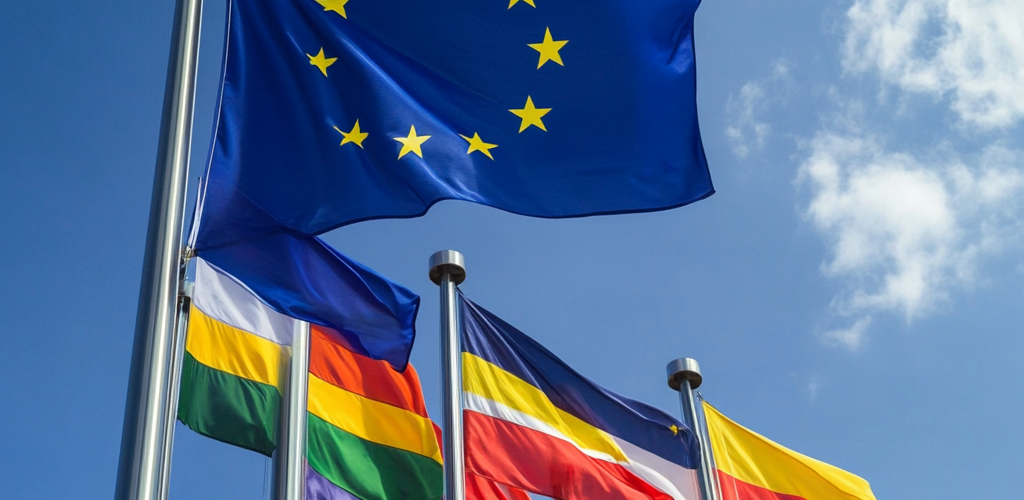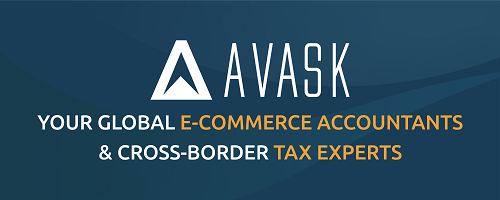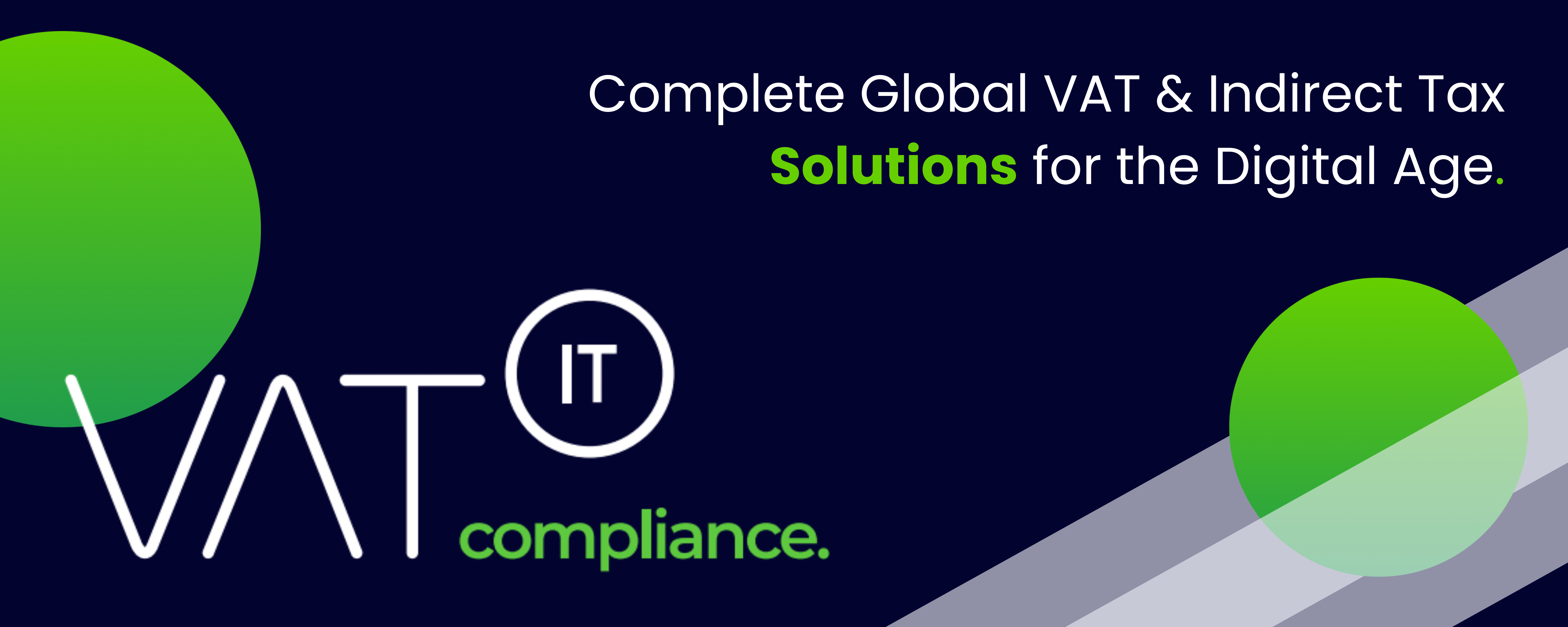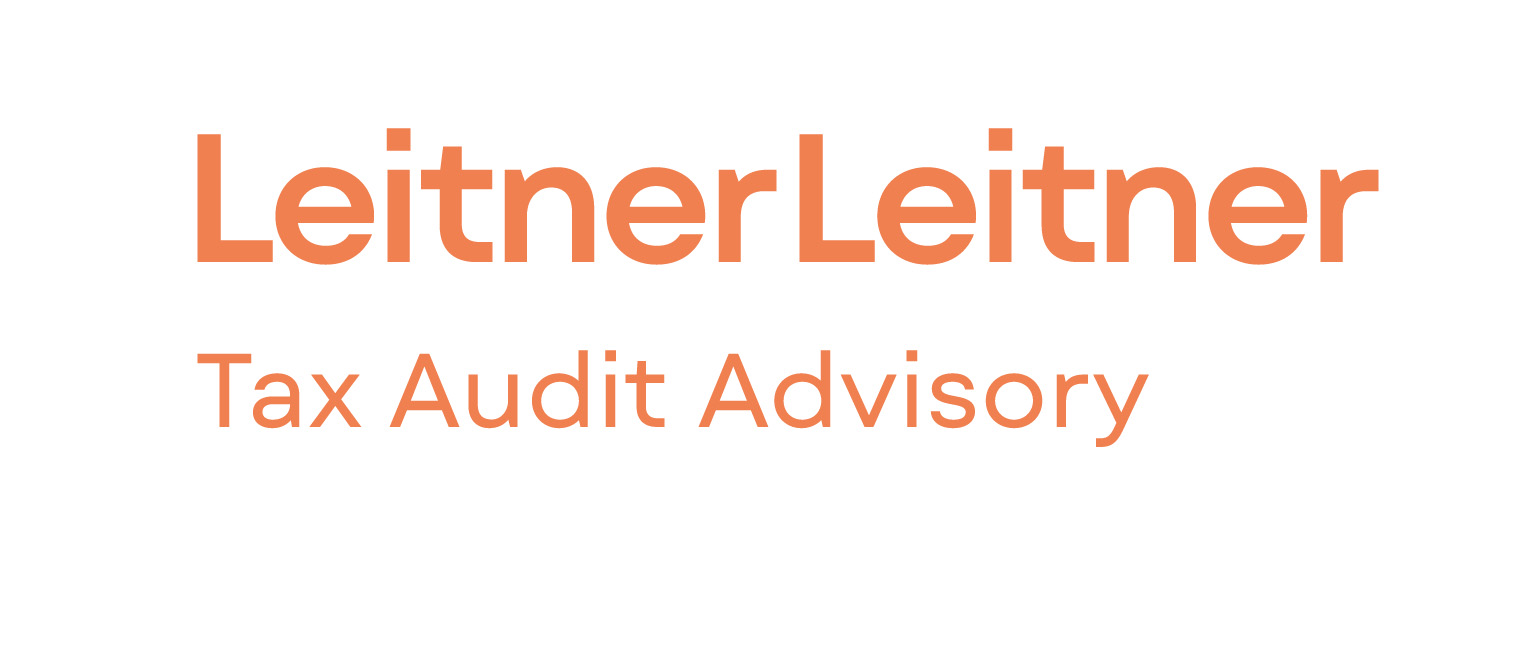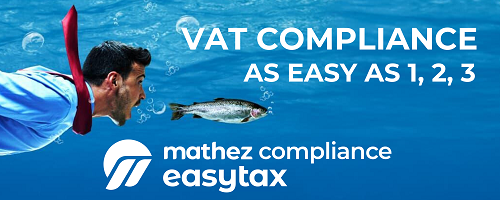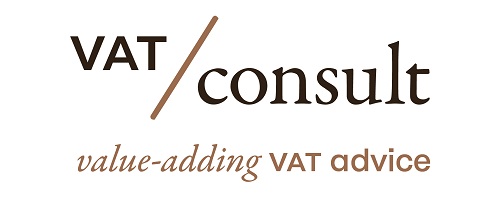1. VAT Depends on Customer Location
- VAT for digital goods is based on where your customer lives—not where your business operates. Sellers must charge the correct local VAT rate for each buyer, especially in B2C transactions across borders.
2. Registration, Rates & Records Matter
- Online sellers must register for VAT where required, apply accurate VAT rates, and issue compliant invoices. Using tools to verify customer location and automate invoicing helps avoid costly errors and penalties.
⚙️ 3. Stay Updated & Use Smart Tools
- VAT laws change frequently, especially in the EU. Automating compliance with software that tracks rate changes, supports multi-country registration, and stores records securely is key to scaling safely.
Source 1stopvat
Latest Posts in "European Union"
- Pierrakakis at ECOFIN: Innovation and Digitalization as Europe’s Competitiveness Drivers
- Three Plead Guilty in €6.5 Million Tax Evasion and Money Laundering Case
- Transfer Pricing Adjustments and VAT Implications: Impact of Recent CJEU Decisions
- VAT Treatment of Loyalty Points in Lyko’s Scheme: Not Classified as Vouchers, Says AG Kokott
- Impact of New EU VAT Framework on Italian Distance Sales and Imported Goods


